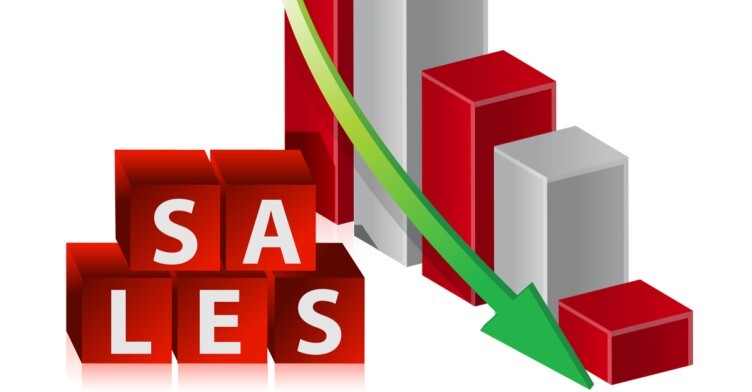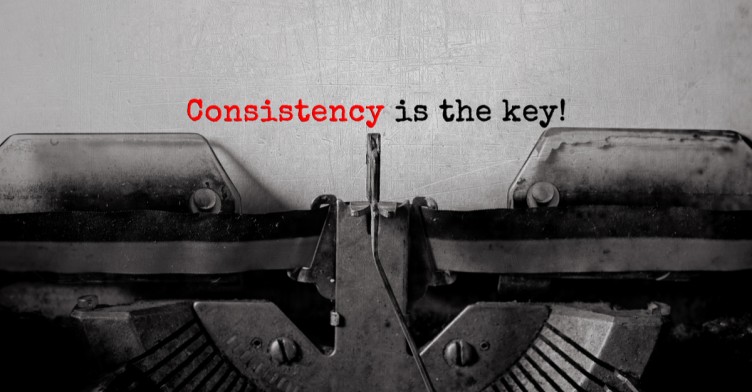How Necessary is it to Have Strong Remote Selling Capabilities in today’s Virtual World?

We have all witnessed a seismic shift in the way we do business during the last two years, where we were immediately pushed into engaging our potential clients remotely, whether it be by phone or video calls. It quickly became the norm, and although in-person selling won’t phase out, buyers are finding it easier and more efficient to filter through multiple suppliers virtually before committing to an in-person meeting. In many cases, and depending on the ticket price, full transactions are made completely virtually. So, the question is, how efficient are we in selling remotely, and how does that impact our sales growth and future? Well, what we have come to realize is that many companies have still not invested in building an efficient remote selling system, and that the companies that did build a strong system, gained significant competitive advantage; this has allowed them to be ahead of the game in their industry, and gain new market share in a new virtual world. Some of the advantages of efficient virtual selling include faster market reach, advantage over competition, more meetings per day, lesser sales costs, and new virtual market-share potential. Therefore, we strongly believe that having a strong virtual selling system as part of a business’s sales strategy is no longer an option, but a necessity to achieve growth and not be left behind.
How Can Small & Medium Businesses Avoid Price Wars with Competition?

One of the main challenges that we see small & medium businesses struggle with, is their inability to differentiate themselves from competition; at least when it comes to the market’s perception. This usually leads to losing sales to competition with lower pricing; although most business owners are convinced that their products and services are superior. What we have found is that many businesses in this situation can gain competitive advantage by focusing on adding unique value, and this may be established by packaging unique products and services or highlighting unique expertise in their field and industry, that are difficult to duplicate. Another common way to avoid getting into price wars with competition is by narrowing down to a very specific target market, where the company, products and services can be positioned as the only expert, unique, and credible solution. No matter the approach to gaining competitive advantage, it might prove to be very difficult, especially in very competitive industries with little room for creating unique value. However, the fact remains that there is always room for improvement with almost any product, service, and industry, and identifying these areas of improvement usually starts by finding out how a product or service can add unique value to the customer. Once established, this unique competitive advantage with the appropriate market positioning, can allow businesses to charge premium prices for their products and services. Translating this competitive advantage into a business’s sales & marketing efforts effectively could prove to be challenging due to inconsistencies in many sales & marketing processes and structures. Therefore, it is crucial that a highly effective sales and marketing engine is in place to achieve optimal results. Finally, it is important that companies remain agile and continuously work on creating unique competitive strategies to avoid price wars with competition and achieve scalable growth.
Improve Sales Revenue? Should Businesses Increase the Marketing Budget First; OR Optimize the Sales Engine?

What we see often is that small & medium enterprises (SMEs) with inconsistent sales revenue, tend to remedy the situation by increasing their marketing budget. The same is also true for companies that are in growth mode and are seeking to increase their market share and bottom-line revenue. However, what many SMEs soon discover is that most of the leads being generated are being wasted (up to 90% depending on the industry); and this is mostly due to having an ineffective sales engine. They also quickly realize that as they increase their marketing budget, so does the cost per lead and costs per sale increase; and this is because with increased market share comes more competition, and depending on the marketing channel, costs may rise quickly. Therefore, increasing the marketing budget while having an inefficient sales engine can be a short-term solution, but won’t allow businesses to thrive, improve profits, and achieve the desired growth. Optimizing a company’s sales engine as an initial approach, allows SMEs to grow their sales effectively, all while minimizing sales and marketing costs. In many cases, small improvements in different stages of the sales process can quickly lead to a double digit increase in the sales revenue without increasing the marketing budget. Once the sales performance is optimized, companies can add marketing fuel to a finely tuned sales engine that allows for sustainable growth.
How can Small & Medium Businesses Recover Effectively from Losing Key Sales Talent?

Good salespeople are hard to find, and it is very important that businesses make sure that they continuously invest in their sales personnel’s skills, careers, and self development. However, according to a millennial survey done by Deloitte in 2016, 25% of sales agents have said that they would leave their job within a year. Another research done by the Bridge Group Research indicated that the average annual turnover of sales reps is between 20%-34%. It is only normal that businesses must find an effective way to retain their sales agents, as well as have an efficient plan to recover from losing key sales talent. However, when it comes to small and medium businesses (SMEs) that are dependent on a few sales reps, losing them could cause serious problems to their revenue and bottom-line profits; and this is usually due to not having an effective training and onboarding system in place. According to Clear Sights & CSO research, 71% of companies take 6 months or longer to onboard new sales reps. This of course leads businesses to incur extra salary costs without returning any significant revenue for many months. On the flip side, we have seen that with the right systems in place, businesses can reduce the training and onboarding time by upwards of 50%, leading to much lower costs incurred. This also allows businesses to minimize lost revenue and recover more quickly and effectively from losing sales reps. Therefore, it is very important that SMEs continuously invest in a solid and effective training and onboarding system, which could minimize their losses significantly, and in some cases be key to their survival when faced with the challenges of losing key sales talent.
Pitfalls Small & Medium Enterprises (SMEs) should Avoid when Selling Remotely

Remote selling has become the norm during the last two years, and businesses around the globe had to quickly adapt to this new virtual world; whether remote selling was implemented as a main or blended sales strategy. Although the transition to virtual selling happened overnight, the road to achieving steady results proved to be challenging. Businesses quickly realized that selling virtually has its own set of obstacles and if not addressed, the sales performance could be impacted negatively. One of the main areas that we find usually lacking is the creation and implementation of an effective virtual sales process. What normally happens is that companies that are used to traditional selling methods, apply the same process to virtual selling, without initially realizing that the virtual sales process could be very different. Another area that SMEs usually neglect is their client facing presentations. Sitting through an online presentation for a long period could be quite boring, and prospects tend to lose focus quickly. Therefore, it is very important that the presentations are engaging, and targeted to improve the customer journey and eventually converting the prospect into a happy customer. We also find that many sales agents are unable to establish trust and develop a relationship with a potential client when selling virtually. Although this could prove to be more difficult than it is with in-person selling, establishing a relationship could be done by a thorough discovery of the prospect’s needs and goals prior to engaging with the sales presentation. Prospects want to know that a sales agent has their best interest in mind, and sales reps tend to skip building this trust when selling remotely. This happens since establishing trust virtually is more difficult than it is with in-person selling. Finally, a major area that we find businesses struggling with is when it comes to selecting and implementing the appropriate technologies and sales tools that facilitate the virtual sale. Examples of these tools would be CRMs, phone systems, dynamic presentation platforms, video platforms, and the appropriate KPIs. Many companies treat a virtual sale the same way they would treat an in-person sale, and this could lead to a weak customer journey, frustrated sales agents, lower conversion rates, and eventually loss of sales revenue. Designing and implementing an effective virtual selling strategy is key to succeeding in today’s virtual world and avoiding these potential pitfalls could save businesses time, money, and improve the bottom line significantly.
How can Virtual Selling be a Solution to Inconsistent Sales Results?

Many small and medium enterprises (SMEs) struggle with achieving consistent and predictable sales results. This could be due to several factors including the varying experience of the sales team, lack of a structured sales process, and inconsistency in the market positioning and overall message. An effective sales engine that delivers consistent results with minimal risk of failure is a necessity, not only for scaling sales, but also for sustainability. So, back to our topic question; how could virtual selling be a solution to inconsistent sales results? Here are 3 reasons why: 1– Consistent sales message: One of the main tools of virtual selling is a dynamic sales presentation that takes the potential customer on a great & memorable journey. Story telling is a big part of sales, and having a structured sales presentation allows for consistency in the marketing message which in return improves sales results. 2- Live monitoring and market feedback: There are no perfect sales strategies. The market is always evolving and so should the sales and marketing approach. One advantage that virtual selling allows for is the ability to record the sales meetings, gather market feedback, and adjust the sales approach accordingly. 3- Sales training: Like the ability to gather market feedback through recorded sales meetings; virtual selling allows sales leaders to analyze the agents’ sales performances more effectively and allow them to offer corrective feedback immediately and consistently. Optimizing the sales performance is something all SMEs should work on, and a structured virtual selling strategy and system could be a highly effective solution to do so.

